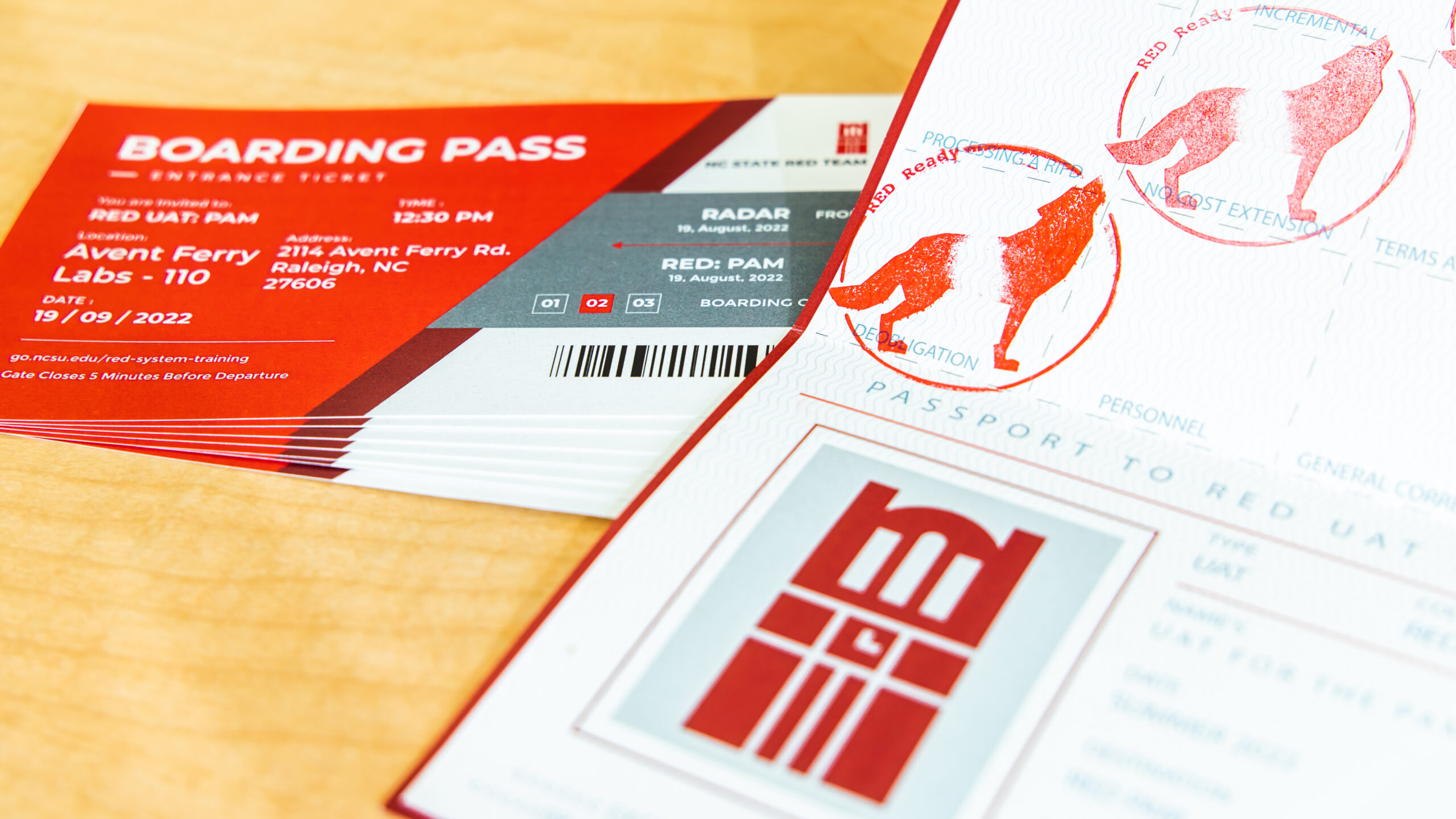The Process of Process Mapping: A Brief Overview
In the coming weeks, you’ll start hearing quite a bit about process mapping. What is it? And why is it so important to our requirements definition process?
As you learned in our last post, the Requirements Team has been busy during the last month, mapping current, common processes in research administration across campus. The team has yet to tackle the differences across research administration at NC State. That’s something else to look forward to – and a topic for another blog post in the future!
The following is a summary of what process mapping is and why we’re doing it at this stage.
What is it? Process mapping is an exercise to identify all the steps and decisions in a process in diagrammatic form. It helps represent work processes visually and provides a common understanding of the entire process and specific roles and contributions of process participants.
Why are we doing it? To be able to understand the full cost of a new eRA system, we must take into account the magnitude of change it will impose on our existing business processes. It’s not enough to know how much the eRA software will cost or the people supporting the software — we need to understand the “cost” across all stakeholders to truly understand the cost to the University as a whole. Process mapping allows us to document our current processes so that these can be compared to the processes required by the new eRA system to enable us to identify “fits” and “gaps” and the magnitude of “gaps.” The Requirements Team’s start of this process will help you think about the University’s needs in a more strategic way as we start asking you for feedback.
Here’s a basic example of a process map. How many of us complete the snooze cycle multiple times each morning?! I know I do!!

Now that we’ve provided you a short tutorial on the what and why of process mapping, our next post will provide an example of how by showing one of these process maps in more detail.
As always, let us know what you think by emailing era-oried@ncsu.edu or commenting below. Until next time…
- Categories:


